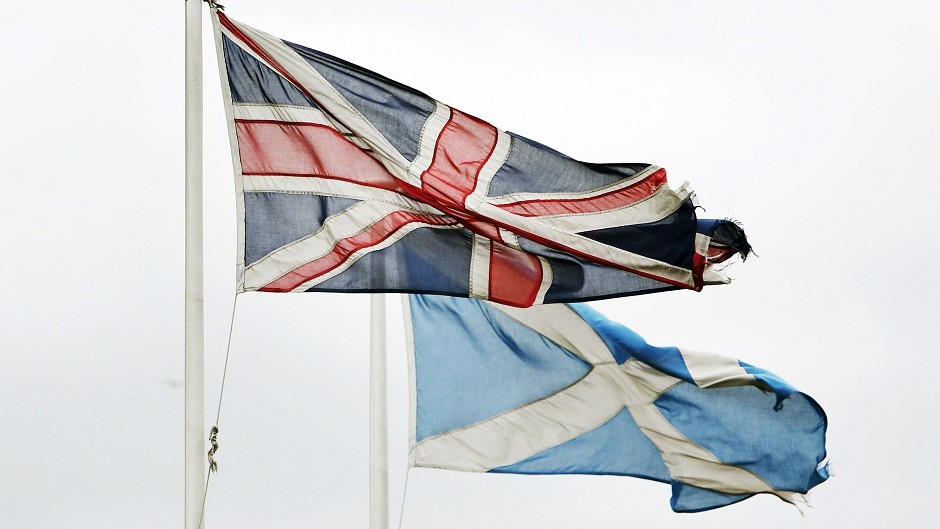The vast majority of 16 and 17-year-olds across the north and north-east have registered to vote in the independence referendum.
Official figures released by the Electoral Commission show that 94% of 3,891 people in the age group in Aberdeen have indicated they would be taking part, as have 95.4% of about 6,209 people in Aberdeenshire.
In Moray, 93.6% of 2,468 people have signed up as have 93.5% of 5,501 teenagers in the Highland Council area.
A total of 87.3% of 2,071 people in Argyll and Bute and 96.6% of 619 in the Western Isles have registered to vote.
A total of 89.6% of 513 teenagers eligible to vote in Orkney have signed up as have 94% of 578 in Shetland.
Across Scotland, 90.1% of 121,497 16 and 17-year-olds have registered to vote.
Louise Cameron, chairwoman of the Scottish Youth Parliament, said she was “absolutely overwhelmed” by the figures and claimed they reinforced the need to lower the voting age to 16 in all elections.
The 18-year-old MSYP for Moray, who is from Keith, said: “If you can take any sort of celebration from the referendum it has definitely been the fact we have had such high engagement among young people.
“We have spoken to thousands of young people and we have found that when you engage them in the right terms, when you make it about issue-based politics rather than party-based politics, they are much more likely to be engaged.
“They like to speak about what is affecting them.”
Aberdeen Grammar School pupil Brodie West, 17, said: “It’s really relevant for young people to get involved in this debate and all my friends are talking about the referendum.
“I am voting Yes because I think this is the best way to secure a fair future for young people in Scotland.”
Aberdeen City Council leader Jenny Laing said it was “really encouraging” that so many young people were engaged in the political process and she hoped they would continue to be so in the future.
“Schools have been running various things in relation to the referendum, whether that be covering it in lessons or debates,” she added.
“I have been very impressed by young people because they are one of the most informed groups I have met while out campaigning.”
